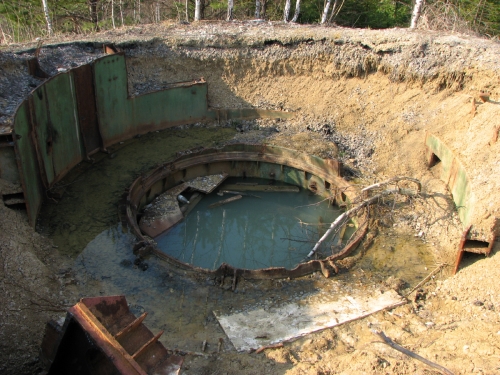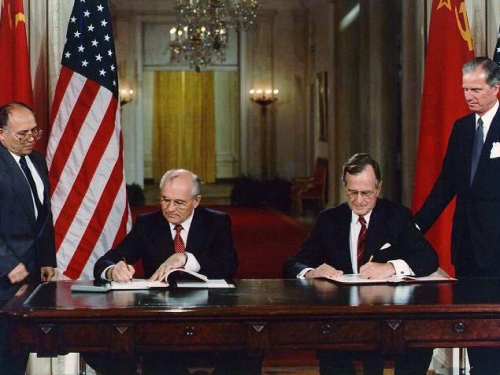
The Ukrainian crisis has entered its second summer. While the ferocity of the clashes in East Ukraine has eased since the Minsk Agreement in February, deadly fighting continues on a daily basis. In the meantime, the conflict has fallen somewhat off the radar of Western media, while the suffering of the civilian population in eastern Ukraine continues. There are no signs on the horizon of any accommodation between the governments of Ukraine and Russia. Must Europe accept an ongoing, low-intensity military conflict on its fringes as the new normal?
The Western bloc’s response to Russia’s annexation of Crimea in March 2014 and subsequent sponsoring of an anti-government insurgency in Donbass has remained remarkably coherent so far. It is also having an effect: as Alexei Kudrin, Putin’s Minister of Finance from 2000 to 2011, remarked last month, “Russia is in the midst of a fully-flegded crisis.” In part because of the West’s co-ordinated economic pressure the Russian Central Bank expects the country’s GDP to shrink by up to 4% in 2015. So far this has not prompted a shift in Russian attitudes towards key issues regarding Ukraine. Putin continues to enjoy sky-high domestic approval ratings while the Russian government’s creeping takeover of the media landscape is eliminating political dissent from mainstream outlets. Spinning a tale of aggressive American intervention in Russian affairs, the national media are rallying nationalist sentiments and pushing a narrative of a declining, decadent West, all while successfully maintaining that Russia is not involved in a military conflict with its neighbour Ukraine.
The origins of the East-West stand-off over Ukraine are systemic in nature: neither side is prepared to give any ground. For the West, matters of principle are at stake: the inviolability of Ukraine’s sovereign borders as guaranteed by the Budapest Accords, and the right of nations to choose their alliances freely and without external interference. For the Kremlin, the conflict has become deeply intertwined with wider calculations about regime survival, making unilateral concessions unlikely.
Some 20 years ago, the US and Russia began a process of sustained engagement that culminated in the end of the Cold War. Then, as now, efforts at nuclear arms control could generate the initial diplomatic capital needed for a wider improvement in relations.

